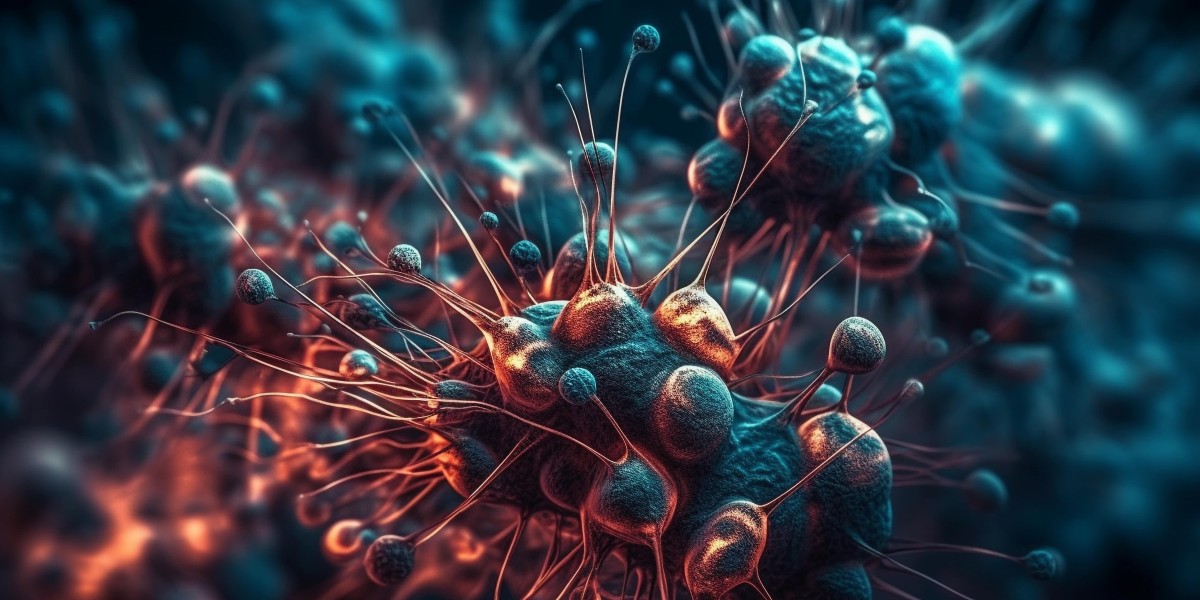Breast Cancer Awareness Month serves as a critical time to highlight various forms of breast cancer, including Triple-Negative Breast Cancer (TNBC). This aggressive subtype of breast cancer poses unique challenges but also highlights the importance of awareness and research.
Understanding Triple-Negative Breast Cancer
Triple-Negative Breast Cancer (TNBC) is characterized by the absence of three key receptors often targeted in breast cancer treatment: estrogen, progesterone, and the HER2 protein. This means TNBC does not respond to hormone therapies or HER2-targeted treatments, making it more challenging to treat compared to other breast cancer types.
Causes of Triple-Negative Breast Cancer
The exact causes of Triple-Negative Breast Cancer remain largely unknown. However, certain factors may increase the risk of developing TNBC. Genetic mutations, particularly BRCA1 and BRCA2, are strongly associated with TNBC. Family history of breast cancer or other cancers can also elevate risk. Additionally, African American and Hispanic women are statistically more likely to develop TNBC, although the reasons for this disparity are not fully understood.
Symptoms to Watch For
Triple-Negative Breast Cancer symptoms can be similar to those of other breast cancer types. Common signs include a palpable lump in the breast, changes in breast shape or size, or skin changes such as dimpling or redness. Since TNBC tends to grow quickly, it is crucial to monitor any unusual changes and seek medical advice promptly. Early detection remains one of the most effective ways to improve treatment outcomes.
Treatment Options for TNBC
Given the lack of hormone receptors, TNBC requires a different approach to treatment. TNBC Treatments often include a combination of surgery, chemotherapy, and radiation therapy. Chemotherapy is a cornerstone in managing TNBC due to its efficacy in targeting fast-growing cancer cells. In some cases, clinical trials may offer access to experimental treatments that could provide additional options.
Recent advances in research are focused on developing targeted therapies and immunotherapies specifically for TNBC. These novel approaches aim to improve outcomes by targeting the unique characteristics of TNBC cells. For example, PARP inhibitors, which target cancer cells with BRCA mutations, are being investigated as potential treatments for TNBC.
The Importance of Breast Cancer Awareness
Breast Cancer Awareness Month is an opportunity to educate the public about various forms of breast cancer, including Triple-Negative Breast Cancer. Increasing awareness helps in early detection, understanding risk factors, and advancing research for better treatments. Women are encouraged to perform regular self-exams and participate in routine screenings, which can play a crucial role in catching cancers like TNBC early.
In summary, Triple-Negative Breast Cancer is a particularly challenging subtype of breast cancer due to its aggressive nature and resistance to standard hormonal treatments. Understanding its symptoms, causes, and current treatment options is essential for managing the disease and improving outcomes. Breast Cancer Awareness Month serves as a vital reminder of the importance of ongoing research and vigilance in the fight against all types of breast cancer, including TNBC.
Trending Reports
HR+/HER2- Breast Cancer: Unveiling the Worldwide Advances and Strategies
How HR+/ HER2-Breast Cancer emerging drugs will transform the market?
HR-positive/ HER2-negative Breast Cancer Market Insights: Upcoming Therapies and Market Analysis
Breast Cancer: Understand your breasts, recognize the symptoms
Key Facts To Know About Triple-Negative Breast Cancer In The Breast Cancer Awareness Month







